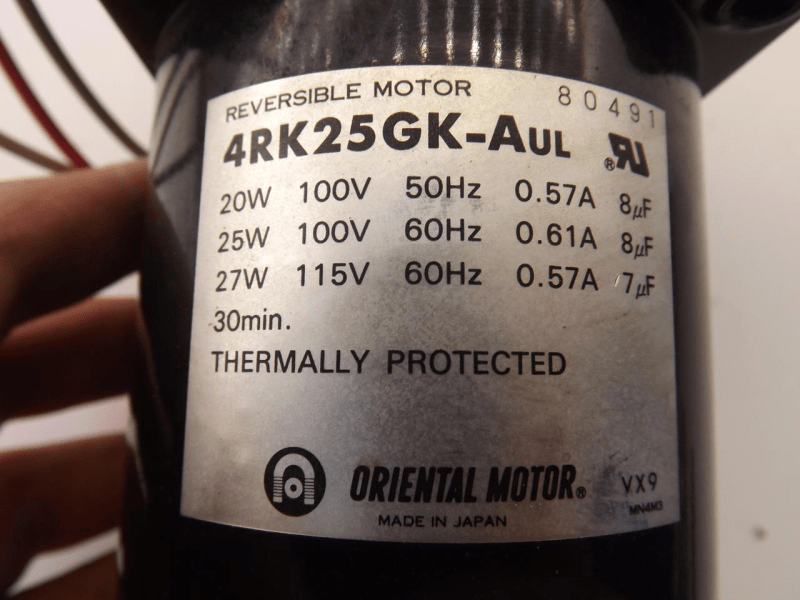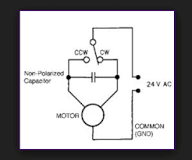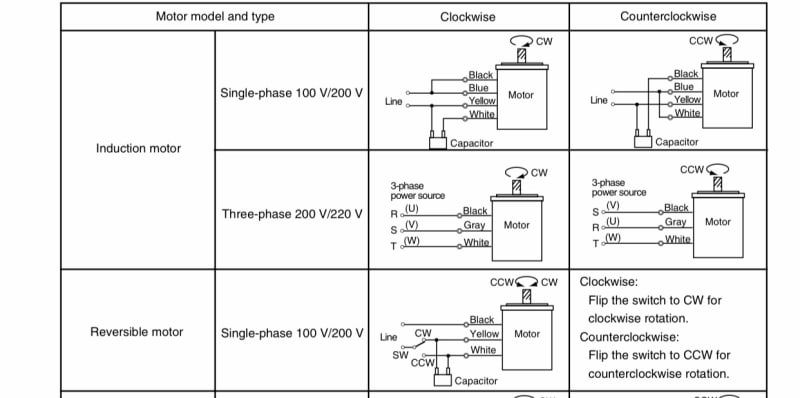sham96
Automotive
- Apr 15, 2019
- 35
Hello Everyone!
I have a single-phase reversible induction motor with the following specifications:
Model : 4RK25GK-AUL
Rated Power: 20W
Rated Voltage: 100V
Rated Current: 0.57A
uF : 8
I am looking for a way to control its speed. Can I use a dimmer switch or a fan-speed control switch to do this? Or is there a better alternative?
Any help is appreciated!
I have a single-phase reversible induction motor with the following specifications:
Model : 4RK25GK-AUL
Rated Power: 20W
Rated Voltage: 100V
Rated Current: 0.57A
uF : 8
I am looking for a way to control its speed. Can I use a dimmer switch or a fan-speed control switch to do this? Or is there a better alternative?
Any help is appreciated!


![[smile] [smile] [smile]](/data/assets/smilies/smile.gif) . We are currently using this motor for a project which requires this motor to run at a lower speed. This motor comes equipped with a gearbox (Model: 4GK25K) but the speed still is very high. I was hoping for a simple mechanism to control AC motor speed with a dimmer switch, since there were youtube videos that showed it was possible (Source:
. We are currently using this motor for a project which requires this motor to run at a lower speed. This motor comes equipped with a gearbox (Model: 4GK25K) but the speed still is very high. I was hoping for a simple mechanism to control AC motor speed with a dimmer switch, since there were youtube videos that showed it was possible (Source: 

